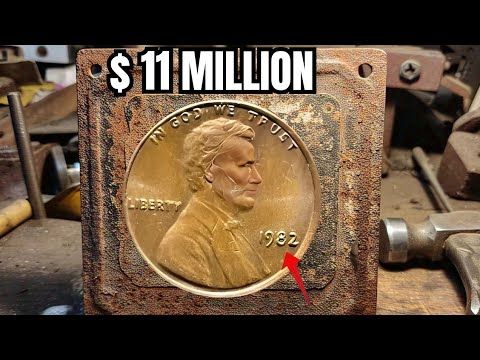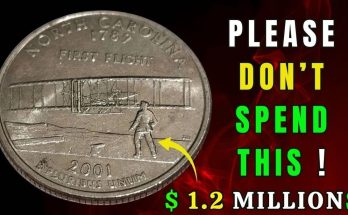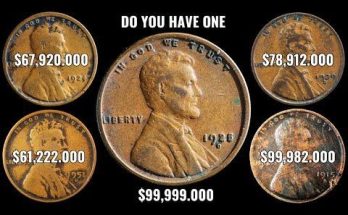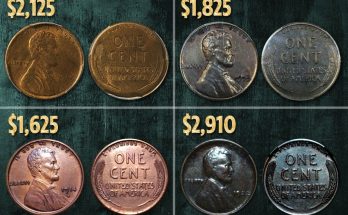Explore the compelling story of the 1982 Lincoln Cent, a coin that often appears ordinary but holds a secret that can make it worth big money to collectors!
The Transitional Penny: A Rare Anomaly
The year 1982 was a significant transitional year for the United States one-cent coin. Due to the rising cost of copper, the U.S. Mint began changing the penny’s composition from the traditional 95% copper (weighing about 3.11 grams) to a cheaper, copper-plated zinc core (weighing about 2.5 grams).
As part of this change, there was a brief period when both the old copper and new zinc planchets were in use, and dies were also changed mid-year, creating a “Large Date” and a “Small Date” variety. This resulted in a total of eight varieties when including the “D” mint mark from Denver and the no mint mark from Philadelphia.
The rare and highly sought-after varieties are the result of an accidental striking of the wrong composition with the wrong die, known as a transitional error.
Identifying the Valuable 1982 Cent
While the image accompanying this caption features a 1982 “no mint mark” penny, the most valuable pennies from this year are actually the 1982-D Small Date Copper Cents, which bear the “D” mint mark for Denver.
- The Key to Value: The very rare 1982-D Small Date coin was mistakenly struck on a copper (bronze) planchet instead of the new zinc planchet.
- Weight is Crucial: To check if you have a rare copper variety, you must weigh the coin with a jeweler’s scale:
- Heavy (Rare): A copper coin will weigh approximately 3.11 grams.
- Light (Common): A standard zinc coin will weigh approximately 2.5 grams.
- Small Date vs. Large Date: The “Small Date” variety has a more compact date design compared to the “Large Date”. For example, on the Small Date, the top loop of the number ‘8’ is smaller than the bottom loop, and the diagonal line on the number ‘2’ is curved.
Auction Records and Value
While most 1982 pennies are only worth face value, high-grade examples of the truly rare transitional errors have commanded significant prices at auction.
- 1982-D Small Date Copper: Only a few examples of this rare transitional error are known to exist. An authenticated example sold for $18,800 in 2017, and another sold for $10,800 in 2019.
- 1982 Small Date Zinc (No Mint Mark): A high-grade example of the Philadelphia-minted (no mint mark) zinc small date variety has been listed with a value up to $16,000 in a perfect grade (MS-69) by a professional grading service. However, circulated examples of the no mint mark varieties are generally worth only face value.
The possibility of finding one of these extraordinary error coins in pocket change continues to fuel the hunt among coin collectors today, proving that sometimes, an ordinary penny is worth far more than one cent!



